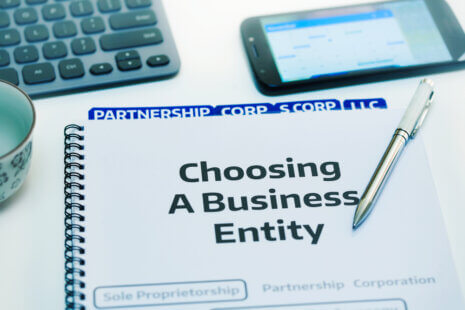The portion of business income that is taxable depends on various factors, including the type of business entity, allowable deductions, credits, and other tax considerations.
Here’s a general overview…
- Business Entity Type – The taxation of business income depends on the entity type. For example:
- Sole Proprietorship – Business income is typically reported on the owner’s personal tax return (Form 1040) and taxed at the individual tax rates.
- Partnership – Partnerships generally pass through income to the partners, who report their share of the income on their personal tax returns.
- S Corporation – Similar to partnerships, S corporations pass through income to shareholders, who report it on their personal tax returns.
- C Corporation – C corporations are taxed separately from their owners. The corporation pays taxes on its income, and dividends distributed to shareholders may also be subject to individual taxes.
- Allowable Deductions and Expenses – Businesses can deduct certain expenses from their gross income to arrive at their taxable income. Common deductions include costs of goods sold, operating expenses, salaries and wages, rent, utilities, and depreciation.
- Tax Credits – Businesses may be eligible for various tax credits, which can reduce their tax liability dollar-for-dollar. These credits could include research and development credits, energy efficiency credits, or small business health care tax credits, among others.
- Taxable Income Calculation – Once all deductions and credits are accounted for, the remaining income is considered taxable. This taxable income is then subject to the applicable tax rates based on the business entity type and the owner’s individual tax situation.
It’s important for businesses to keep accurate records of their income and expenses and to consult with tax professionals or accountants to ensure compliance with tax laws and maximize available deductions and credits while minimizing tax liability.




